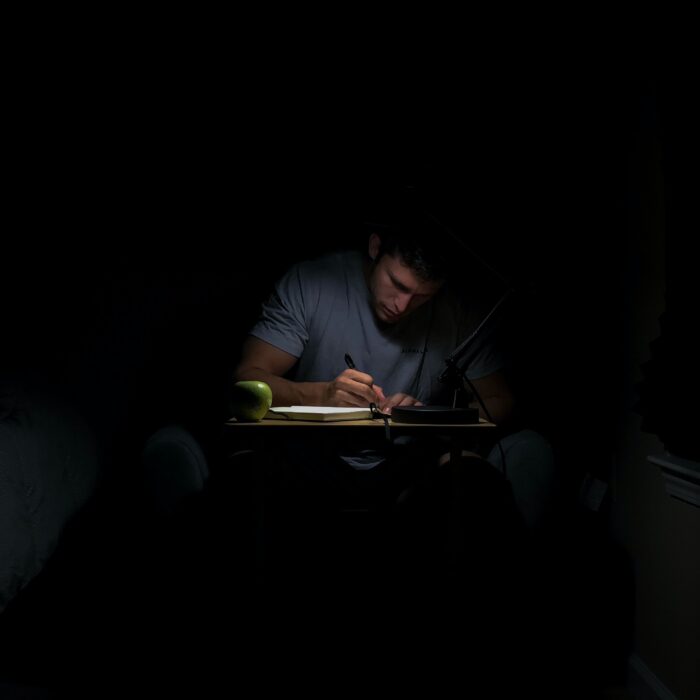You have no items in your cart. Want to get some nice things?
Go shopping
Do you know when to say ‘when’?
Emma Cline’s gorgeous debut novel <em>The Girls</em> leaves readers wondering just how far they’re willing—or able—to go to be noticed. Narrator Evie Boyd is accused of being in a cult just a dozen pages into the story, but by the book’s end, the line between dying for attention and murder is blurred. We’re left wondering how susceptible we had been to persuasive devotion at fourteen.
The story of a summer spent with a Charles Manson-esque commune opens with a grown up, seemingly well-adjusted Evie recounting the warm months of 1969. Evie is a meek teenager living quietly among her dull best friend and recently-divorced mother in farm country, California, when she first sees the girls. The small group of older teens are magnetic; they laugh without reserve and draw all eyes in the park. Their long unkempt hair, worn clothes, and reputation for dumpster diving earn scorn around town, but Evie’s not put off. She gladly accepts a ride to their ranch when her bike malfunctions days after first sighting the group.
The girls of the ranch—unlike Evie’s trying-too-hard mother and blundering only friend—are mystical creatures. Nothing goes unnoticed by Cline’s young narrator, and she’s allured by the way “they held hands without any self-consciousness and dropped words like ‘harmony’ and ‘love’ and ‘eternity.’” The girls, in turn, braid Evie’s hair and let her tag along and she’s smitten. Her rose-colored view of these new, free-spirited friends even extends to their run down ranch. The decaying property and hungry communal children do nothing to interfere with the simplicity and humility Evie is sure is on display.
One girl in particular, captures Evie’s imagination and attention: “There was a suggestion of otherworldliness hovering around [Suzanne],” middle-aged Evie remembers, reflecting on her first sighting of the group. In fact, Evie’s attraction to the odd, musty life at the ranch is via Suzanne, not the girls’ shared boyfriend-slash-ringleader, the magnetic and persuasive rockstar-wannabe Russell. Russell’s attention and sexual education leave Evie high off being noticed, but her young infatuation is singularly focused on Suzanne.
Years later, Evie would reflect on Suzanne’s distance the first day at the ranch: “Suzanne saw the weakness in me, lit up and obvious: she knew what happened to weak girls.” Evie’s not weak, though. She’s like any other teen girl: wildly insecure and waiting to discover her power. What’s more, she clearly hates weakness and spends her pre-ranch days pitying her mother and best friend’s lurid, desperate attempts at dating.
The older Evie scenes are an abrupt break from the dreamy poetry of her flashbacks, but they serve to tantalize us with clues about the ranch’s unseemly end. Throughout The Girls, a murder story’s unveiled, and while it’s clear Suzanne and the other acolytes are carrying out Russell’s vengeful bidding, we don’t know how—if at all—involved Evie was in the slayings. ByThe Girls’ end, we’re left with a full picture of what happened that night, but some questions, too: Would I have joined? Could I have left? How far could I go?
There’s noticeably no one moment when Evie joins Russell’s cohort. There’s no induction, no ritual, no blood oaths that call for her to steal money out of her mother’s wallet, or break into her neighbors’ homes for fun. Evie’s held only by her desire to be close to Suzanne, and with this, shatters an initial impression that she must have been kidnapped or tricked into joining a cult. Her immersion into a group of people willing and able to kill seems inconceivable at the novel’s start; by the end, we’re left wondering if our own teen selves could have resisted a pretty girl smiling at us, either.




